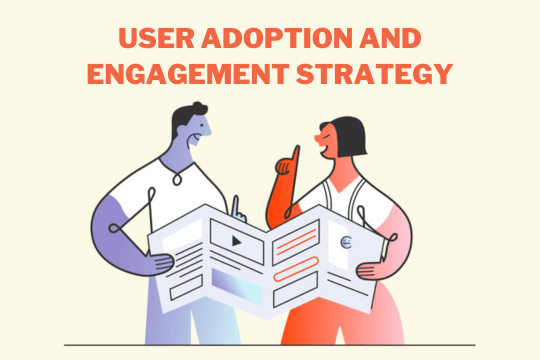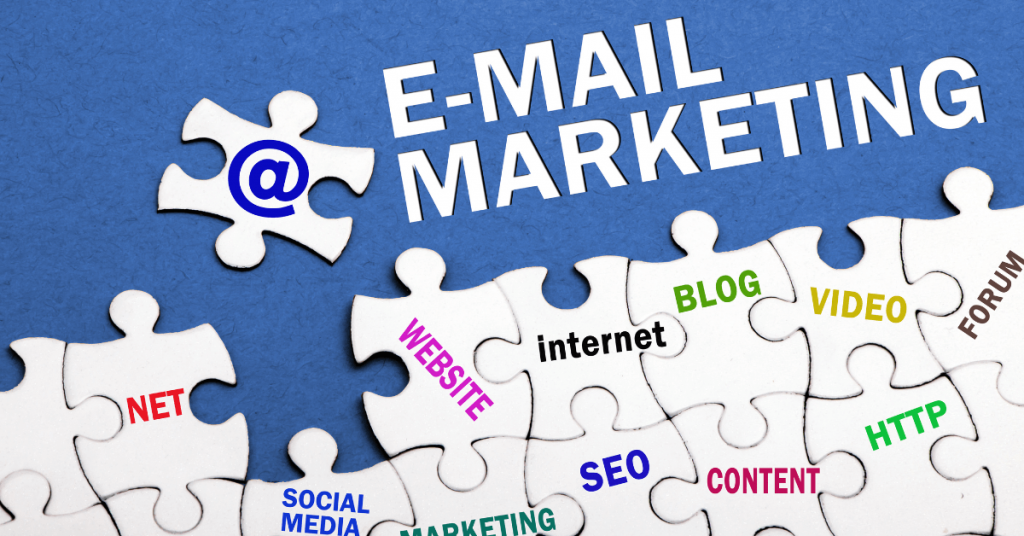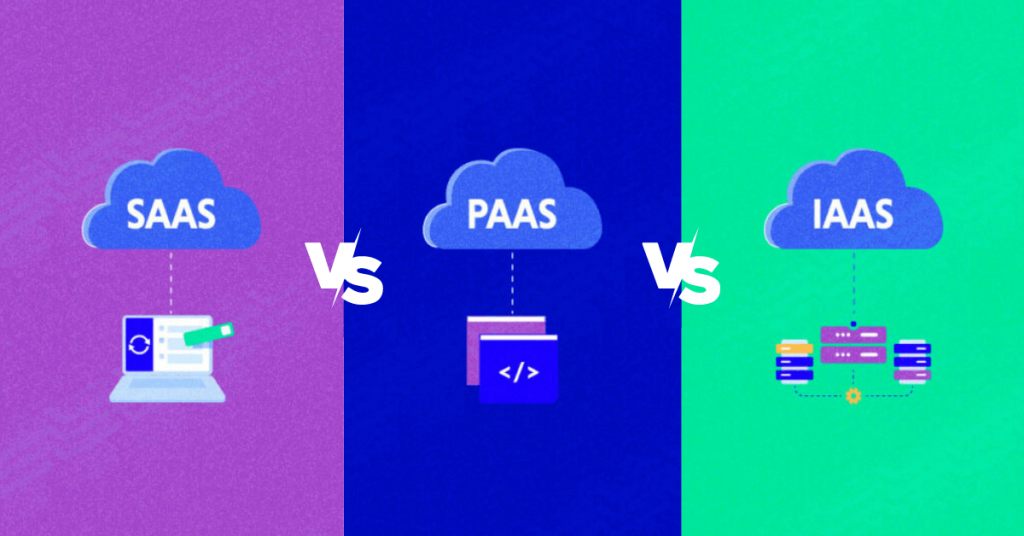Welcome to the world of SaaS beta launches! As a SaaS specialist, you know that user adoption and engagement are critical to the success of your product. In this article, we will explore effective strategies to maximize user adoption and engagement during your SaaS beta launch. Whether you’re a seasoned professional or just starting out, this guide will provide valuable insights to help you create a buzz and drive user satisfaction.
What Is SaaS Beta Launch?
SaaS Beta Launch is a crucial phase in the development and release of a Software-as-a-Service (SaaS) product. It involves making the product available to a selected group of users before its official release. These users, known as beta testers, actively engage with the product, exploring its features, providing feedback, and reporting any issues they encounter.
The purpose of the SaaS beta launch or Software beta launch is to gather valuable insights, validate the product’s performance, and make necessary improvements based on user input. It serves as a testing ground to uncover potential issues, enhance usability, and ensure a smoother experience for the broader user base once the product is fully launched.
What is a User Adoption Strategy?
A user adoption strategy refers to a comprehensive plan and set of actions designed to encourage users to embrace and fully utilize your SaaS product. It goes beyond simply acquiring users; it focuses on ensuring that users engage with your product, integrate it into their workflow, and realize its value. The ultimate goal of a User Adoption Strategy is to minimize resistance to change, increase user engagement, and promote the effective use of the SaaS product or service. It involves identifying potential challenges or barriers to adoption and implementing measures to overcome them.
Having a user adoption strategy in place is crucial for several reasons:
- It helps you maximize the return on your investment by increasing user engagement and usage.
- It fosters customer satisfaction and loyalty, leading to long-term relationships and potential referrals.
- It positions your SaaS product as an integral part of your users’ lives, making it harder for competitors to displace you.
Why User Adoption Strategy Is Important In SaaS Beta Launch?
User adoption strategy is crucial for a successful SaaS beta launch. Here are key reasons why:
- Maximizes ROI: A well-defined user adoption strategy increases user engagement and usage, maximizing the return on your investment.
- Drives Customer Satisfaction: A strong strategy fosters satisfaction and loyalty, building long-term relationships with your users.
- Establishes Product Integration: It positions your SaaS product as an integral part of users’ workflow, making it harder for competitors to displace you.
- Increases User Engagement: A solid strategy encourages users to actively engage with your product, exploring its features and capabilities.
- Enhances Word-of-Mouth Marketing: Satisfied users are more likely to recommend your product to others, driving organic growth.
- Reduces Churn Rate: Engaged users are less likely to churn, leading to higher retention rates and revenue stability.
- Builds a Strong User Community: Effective user adoption strategies create a sense of community, fostering collaboration and feedback.
- Improves Product Iteration: User adoption insights help you make data-driven decisions to iterate and improve your product over time.
- Positions for Scale: A successful beta launch with high user adoption sets the stage for scaling your SaaS product effectively.
- Increases Market Competitiveness: Strong user adoption gives you a competitive advantage, attracting more users and standing out in the market.
By prioritizing user adoption strategies in your SaaS beta launch, you can create a strong foundation for long-term success and growth in the market.

How To Maximize User Adoption and Engagement in Your SaaS Beta Launch
1. Understand Your Target Audience
Before diving into your beta launch, it’s essential to understand your target audience. Conducting thorough market research allows you to gain insights into their needs, preferences, and pain points. One effective method is to create user personas, representing your ideal customers. These personas help you visualize your audience and tailor your strategies accordingly.
Additionally, leverage data analytics to analyze user behavior and preferences. By tracking user interactions, you can identify patterns, understand user preferences, and make data-driven decisions throughout the beta launch.
2. Set Clear Objectives and Metrics
Setting clear objectives and metrics is vital to measuring the success of your beta launch. Define specific goals related to user adoption and engagement, such as the number of active users, usage frequency, or feature adoption rates. These goals should align with your overall business objectives.
Identify key performance indicators (KPIs) that align with your objectives. For example, track user onboarding completion rates, time spent on specific features, or user satisfaction scores. Setting realistic and measurable targets for each KPI will help you gauge your progress and make informed decisions.
3. Build an Intuitive User Interface (UI)
A user-friendly and intuitive UI is crucial for engaging users during your beta launch. Design an interface that is easy to navigate, with a consistent layout and intuitive controls. Users should be able to quickly understand how to interact with your SaaS product without any confusion.
Consider incorporating interactive elements such as tooltips, progress indicators, and guided tutorials to enhance the user experience. By providing a seamless and intuitive interface, you’ll increase user adoption and engagement.
4. Offer a Compelling Value Proposition
Clearly communicating the unique benefits and value your SaaS product offers is key to capturing users’ attention. Highlight how your product solves their pain points and provides a competitive advantage over other solutions in the market.
Craft a compelling value proposition that clearly articulates the specific problems your SaaS product solves and the benefits users can expect. Use concise and impactful language to convey your message effectively.
5. Develop an Onboarding Process
A seamless onboarding process is crucial to ensure new users can quickly grasp the value and functionality of your SaaS product. Offer guided tutorials and interactive walkthroughs that help users familiarize themselves with your product’s features and capabilities.
Personalize the onboarding experience based on user preferences and goals. By tailoring the onboarding process to individual users, you enhance their engagement and increase the likelihood of adoption.
6. Implement Effective User Engagement Strategies
To keep users engaged throughout the beta launch, consider implementing the following strategies:
1. Gamification
Incorporate game-like elements into your SaaS product to make the experience more enjoyable and engaging. Introduce rewards, badges, and leaderboards to incentivize user participation. By providing challenges and milestones, you create a sense of achievement and keep users motivated.
2. Interactive Communication Channels
Offer multiple channels for users to interact with your team and fellow users. Provide forums, chat support, and integrate social media platforms to facilitate discussions and encourage user engagement. Actively encourage users to share their feedback, ideas, and experiences.
3. Regular Communication and Updates
Keep your users informed about product updates, new features, and improvements. Send regular newsletters, release notes, and in-app notifications to keep them engaged and excited about the progress of your SaaS product. Solicit user feedback and involve them in the product development process to foster a sense of ownership.
4. Personalization Implement:
Personalization features to tailor the user experience based on individual preferences and needs. Use data analytics and user behavior tracking to understand their usage patterns, and then provide customized recommendations, content, or suggestions. This not only enhances user engagement but also makes them feel valued and understood.
5. User Onboarding and Education:
Create a seamless onboarding process that guides new users through the features and functionalities of your SaaS product. Offer tutorials, interactive demos, and tooltips to help them understand how to make the most of the platform. Provide comprehensive documentation, knowledge base articles, and video tutorials to empower users to learn and explore independently.
6. Feedback and Support Loop:
Establish a strong feedback and support loop to address user concerns promptly. Provide clear channels for users to submit feedback, bug reports, or feature requests. Respond to their inquiries and issues in a timely manner, acknowledging their feedback and providing updates on the status of their requests. Actively engage with users to build trust and demonstrate that their opinions matter.
7. Incentives and Rewards:
Offer incentives and rewards to encourage user engagement and retention. Create loyalty programs, referral systems, or exclusive access to premium features for active and engaged users. By acknowledging and rewarding their efforts, you can motivate users to stay engaged and become advocates for your SaaS product, promoting it to others.
8. Continuous Improvement:
Regularly analyze user data, metrics, and feedback to identify areas for improvement. Use A/B testing and user surveys to gather insights on user preferences and pain points. Continuously iterate and enhance your SaaS product based on this feedback, demonstrating that you value user input and are committed to providing an excellent user experience.
Remember, implementing these strategies is not a one-time task but an ongoing effort. By consistently engaging with your users, providing value, and incorporating their feedback, you can create a vibrant user community and drive long-term engagement with your SaaS product.
7. Leverage User Feedback and Analytics
Collecting and analyzing user feedback is vital for understanding their needs and preferences. Conduct surveys, user interviews, and actively monitor customer support interactions to gather valuable insights. By analyzing user behaviour and engagement metrics using analytics tools, you can identify areas for improvement and make data-driven decisions.
Use the data you gather to iterate and enhance your SaaS product continuously. By addressing user or beta tester concerns and incorporating their feedback, you’ll create a product that meets their expectations and fosters long-term engagement.
8. Offer Exceptional Customer Support
Providing exceptional customer support is essential to ensure user satisfaction during the beta launch. Offer prompt and reliable support through various channels like email, live chat, or phone support. Assign dedicated support representatives who are knowledgeable about your product to handle user inquiries and issues efficiently.
Additionally, offer self-service resources such as a comprehensive knowledge base, FAQs, and video tutorials. Empowering users to find answers to their questions independently increases their engagement and reduces dependency on support.
9. Continuously Iterate and Improve
A successful beta launch is not the end of the journey; it’s just the beginning. Throughout the beta phase, collect and analyze user feedback continuously. Identify trends, pain points, and opportunities for improvement. Make data-driven decisions to enhance user adoption and engagement.
Implement regular updates and improvements based on user needs and preferences. Communicate these updates effectively to your users, highlighting how their feedback has influenced the product’s evolution. By demonstrating that you value their input, you foster a sense of partnership and keep users engaged in the long run.
Conclusion – SaaS Beta Launch
Congratulations! You now have a comprehensive roadmap to maximize user adoption and engagement during your SaaS beta launch. By understanding your target audience, setting clear objectives, building an intuitive UI, offering a compelling value proposition, developing a seamless onboarding process, implementing effective user engagement strategies, leveraging user feedback and analytics, providing exceptional customer support, and continuously iterating and improving, you’re well-equipped to drive user satisfaction and build a thriving user base.
Remember, a successful SaaS beta launch is not just about acquiring users; it’s about building long-term relationships and delivering value that keeps users engaged and satisfied. Apply these strategies, adapt them to your specific context, and enjoy the journey of growing your SaaS product.
FAQS – User Adoption and Engagement Strategy For SaaS Beta Launch
Implementing effective user adoption strategies during a SaaS beta launch offers numerous benefits, including increased user participation, improved user satisfaction, enhanced product feedback, and the creation of a loyal user community.
To increase user engagement on SaaS, focus on implementing gamification, interactive communication channels, regular updates, personalization, user onboarding, feedback loops, incentives, and continuous improvement. These strategies actively drive user participation, foster a sense of ownership, and create a vibrant user community.
The SaaS customer engagement strategy involves implementing tactics such as proactive communication, personalized experiences, user onboarding, feedback collection, and continuous support. By actively engaging customers, businesses can enhance satisfaction, foster loyalty, and drive long-term success.
To improve SaaS product adoption, focus on enhancing user onboarding, providing intuitive interfaces, offering comprehensive documentation, soliciting user feedback, implementing personalized features, and actively communicating product updates. By prioritizing these strategies, you can encourage users to adopt and fully utilize your SaaS product.

